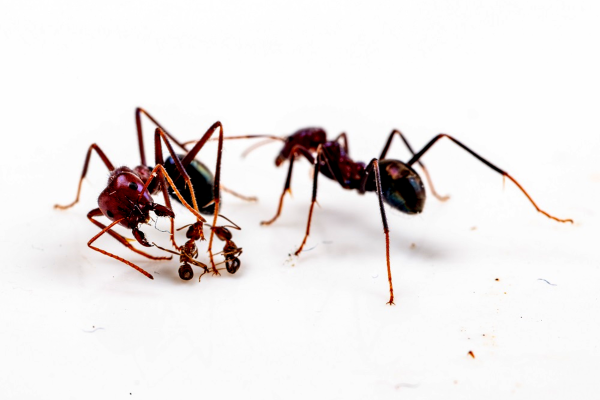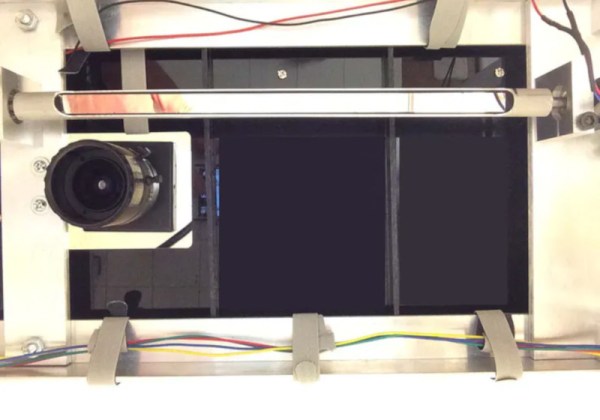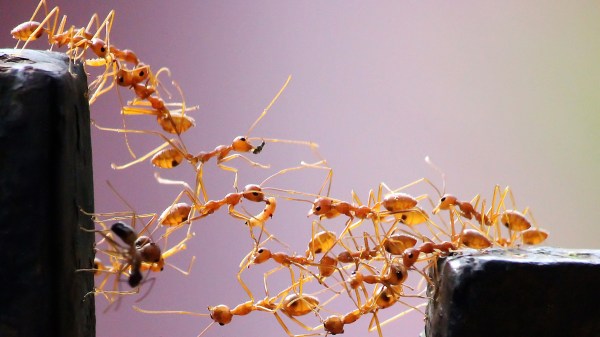Sometimes, a limb is damaged so badly that the only way to save the patient is to amputate it. Researchers have now found that humans aren’t the only species to perform life-saving amputations. [via Live Science]
While some ants have a gland that secretes antimicrobial chemicals to treat wounds in their comrades, Florida carpenter ants have lost this ability over the course of evolution. Lacking this chemical means to treat wounds, these ants have developed the first observed surgery in an animal other than humans.
When an ant has a wounded leg, its fellow ants analyze the damage. If the femur is the site of the wound, the other ants removed the damaged limb in 76% of cases by biting it off, while tibial wounds were treated in other ways. Experimental amputations of the tibia by researchers showed no difference in survivability compared to leaving the limb intact unless the amputation was performed immediately, so it seems the ants know what they’re doing.
Maybe these ants could be helpful surgical aids with some cyborg additions since they’ve already got experience? Ants can help you with programming too if that’s more your speed.
















